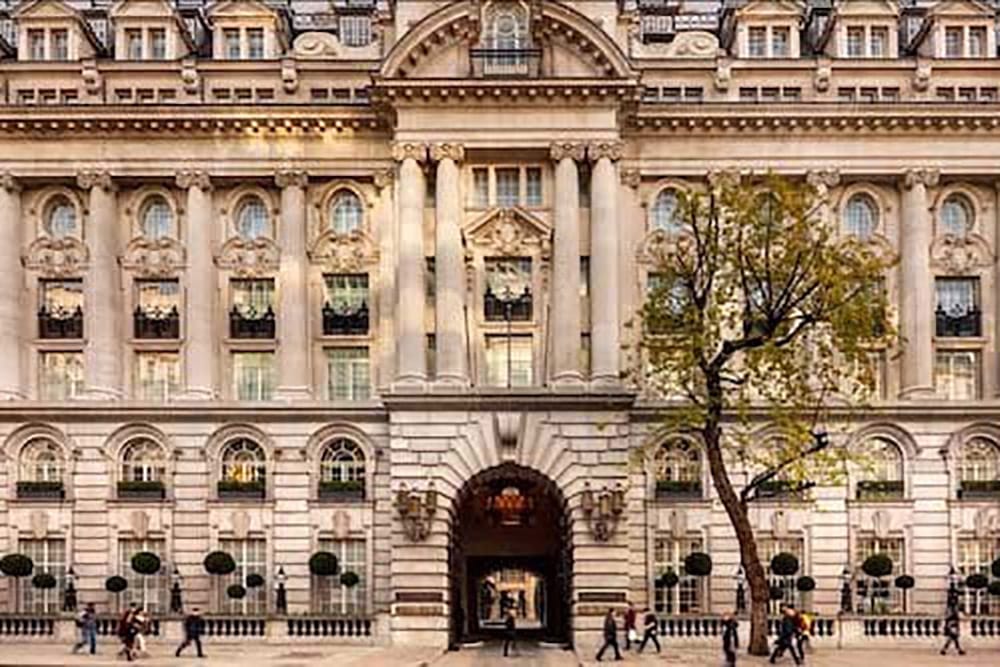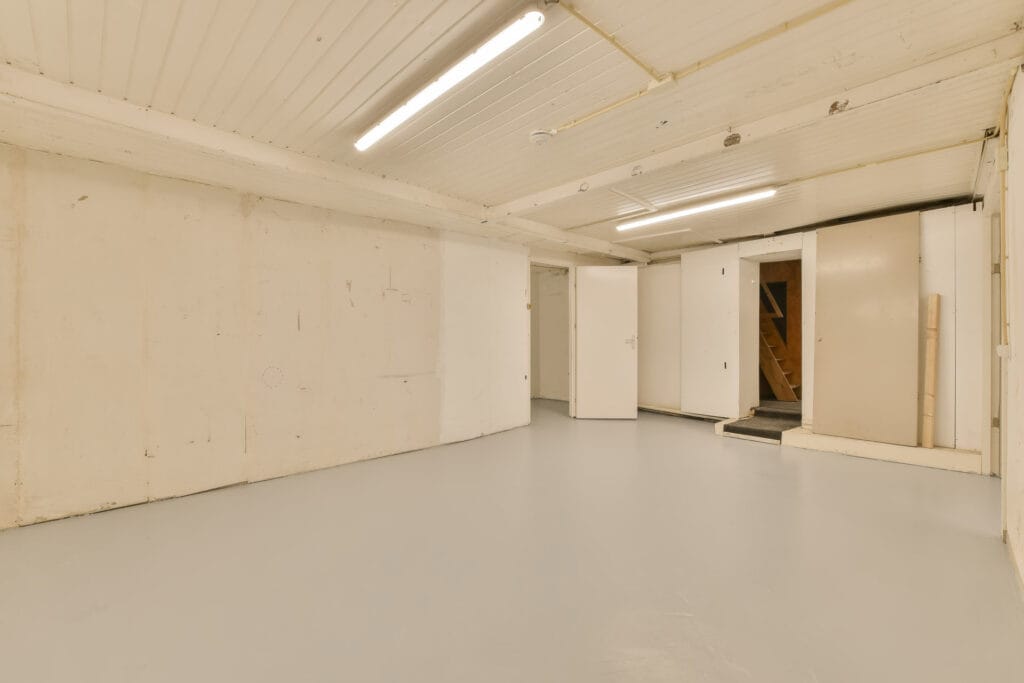Rosewood Hotel London
The Rosewood Hotel London is a luxurious five-star hotel located in the heart of the city.

The Rosewood Hotel London is a luxurious five-star hotel located in the heart of the city. Located on High Holborn, just off Oxford Street, it is one of the most iconic hotels in London and has been at the forefront of luxury hospitality since it opened its doors.
Over the years, it has become one of the leading luxury hotels in London and is renowned for its exceptional service and opulent amenities. The hotel boasts luxurious rooms and suites, an impressive dining experience, a world-class spa, and outstanding event space. Its iconic features, such as the grand marble staircase, ornate chandeliers, and lush courtyard gardens, make it a truly unforgettable experience for guests. Whether you are visiting London for business or pleasure, the Rosewood Hotel London is the perfect place to stay.
What We Found
Given its storied history, it is no secret that the Rosewood Hotel London is an oasis of serenity amidst the hustle and bustle of downtown London. That being the case, this luxurious hotel should be maintained to meet the elevated standards guests have come to expect when in residence, so we were called upon to examine a matter in the basement area. After completing our extensive evaluation, we discovered evidence of dampness, which meant basement waterproofing was needed for it to become usable again.
Types of Damp
In our experience, there are generally two types of damp that are responsible for moisture damage in basements and cellars: penetrating damp and rising damp. Penetrating damp is one of the most insidious and damaging issues you can have in your home. Its sources are far-reaching, from missing roof tiles or burst pipes to loose exterior plastering and unsealed windows. It’s not always easy to pinpoint the source, but if you notice any signs of moisture on your walls or ceilings, determining the source should be a top priority before long-term damage occurs.
On the other hand, rising damp is caused by moisture below the wall, usually from the ground, being pulled into the material. It often comes from a failed damp proof course that has deteriorated over time or has been incorrectly installed. Another structure, such as steps that have been damaged, can allow the damp to be carried into the porous walls.
Rising damp can also occur when wall construction ages. The bricks become more permeable, developing cracks in the material and creating channels that pull up moisture into the wall—known as capillary action. If a wall was constructed badly, or a long time ago, then rising damp can be a real problem.
How We Fixed the Issue
In this instance, we removed all damaged surface plaster. Following that, we applied a specific waterproof basement tanking render before we proceeded with replastering the large basement. Unfortunately, the floor was also in need of repair as a result of water damage. So, as a solution to that particular issue, we added a new screed waterproof floor throughout the affected basement area, so that it would be good as new!
"Paul gave a very competitive quote and did some extra work on top. Very pleased with the result. Came and did it in the time he said he would do it, would definitely hire again."
Request a Free Damp Survey
"*" indicates required fields
